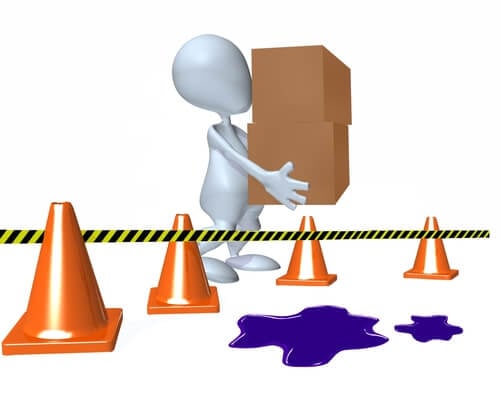What Do Manual Handling Training Courses in Sydney involve?
Manual handling training courses give attendees the knowledge needed to reduce workplace accidents related to lifting, pulling, or carrying objects. Incorrect manual handling techniques lead to numerous workplace injuries each year. Training centres provide courses to cover safe manual handling in different industries, including:
- Healthcare
- Aged Care
- Construction
- Office work
- Warehouse
No matter the industry, the training course covers many of the same topics. The individual details are tailored to the different work conditions, but the courses still include a detailed look at the following areas:
- What to do with heavy objects that require lifting
- Understanding the most common causes of injuries
- How to plan and perform manual handling tasks
- How to maintain an injury-free workplace
- Proper techniques for lifting, pulling, or carrying
- How to safely identify and plan for potential risks
Individuals complete the training online through a nationally recognised training centre. The in-depth knowledge fulfils the responsibilities outlined in the Work Health and Safety (WHS) Act. It follows the model code of practice for hazardous manual tasks.
The manual handling code of practice was developed to explain the process for identifying hazardous tasks. It also outlines the steps for assessing the risks of MSDs, along with steps for eliminating those risks.
The Work Health and Safety Act recommends this training for manufacturers, designers, importers, or suppliers of equipment or tools where manual tasks are carried out.
As part of the risk assessment for manual handling tasks, workers and PCBUs should focus on the following four key factors of risk management:
- The task
- The individual
- The load
- The environment
Workers first need to assess the activity involved in the task, such as twisting or bending. The next step assesses the worker. This may include details related to the worker’s health, strength, or height.
The third stage requires individuals to assess the load. When loads are heavy, difficult to hold, too hot, too cold, or slippery, workers should follow additional precautions.
The final stage includes a look at the environment. The area may be slippery, uneven, or cramped. These issues can increase the risk of an accident or injury.
Workplace injuries can occur in any industry. In fact, 8,500 serious claims for body stress were filed by employees in the health care and social assistance industry. With the completion of the manual handling training course, employees and employers will have the skill sets needed to identify and avoid these issues.
















